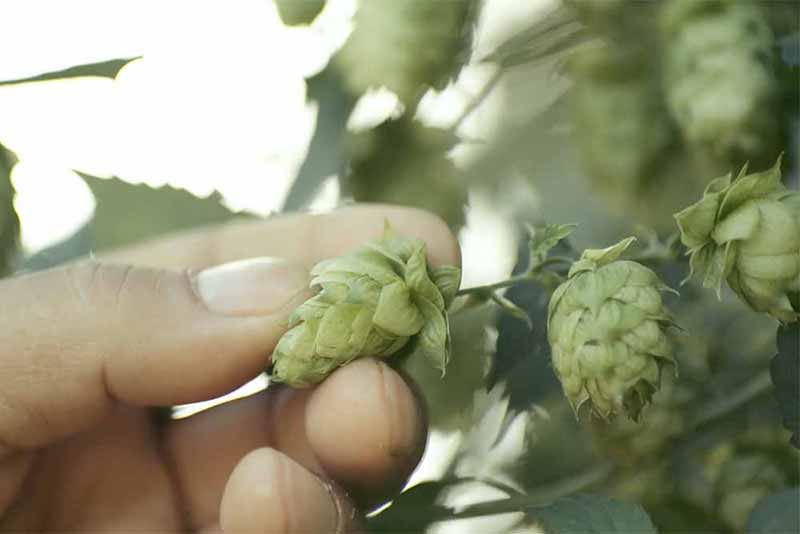
We recently highlighted how Galaxy hops out of Australia—one of the most popular varieties in the country, according to the latest hop report—can contribute immense fruit flavors.
Stateside, Mosaic® has become popular amongst brewers in several different IPA variations—hazy, double, triple, or even cold.
According to a Hop Growers of America 2022 Statistical Report, Mosaic accounted for 6,501 total harvested acres in the Pacific Northwest, making it the country’s second-highest harvested hop. All told, Mosaic accounted for 10.9 percent of the acreage of major Pacific Northwest Hop varieties, bested only by Citra.
In the decade-plus since this hop became commercially available, Mosaic has grown into a staple hop in many breweries.
So, what makes it such a special varietal? We talked with experts at John I. Haas and Alvarado Street Brewery to learn the ancestry, analytics, and some characteristics that make Mosaic shine through in beers.
(Above photography courtesy of Firestone Walker Brewing Company)
Affordable, Industry-Leading Brewery Software
What Is the Ancestry and Analytics of Mosaic Hops?
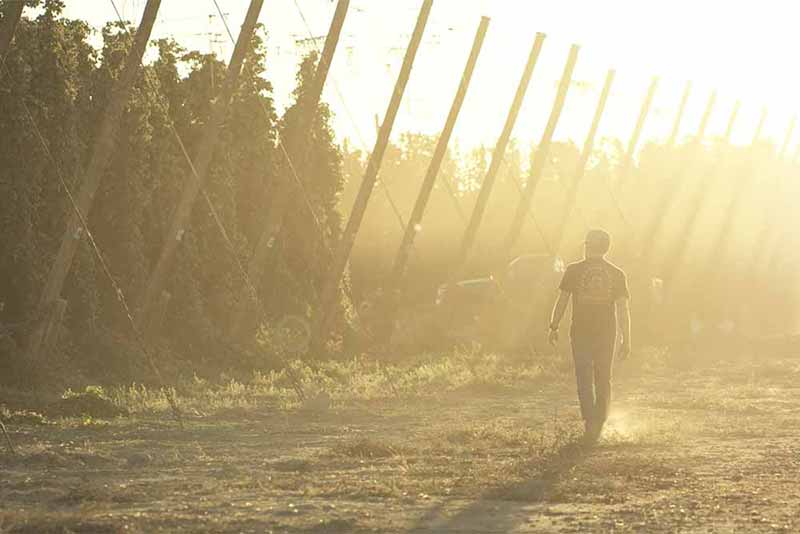
Photography courtesy of Firestone Walker Brewing Company
Mosaic hops came through the Hop Breeding Company as HBC 369 earlier this century, becoming available in 2012.
The Pacific Northwest hop is the daughter of Simcoe YCR 14 and a Nugget-derived male, according to the John I. Haas website.
A dual-purpose hop with a high alpha content, Mosaic features a unique and complex aroma profile that translates favorably into various beer styles.
In fact, named in honor of the artistic assortment of aromas and flavors it can present, Mosaic emits notes of citrus, sweet fruit, and berry and currant, according to John I. Hass, while some flavors that come through in finished beer include tangerine, lime, peach, passion fruit, and blueberry.
Here is a breakdown of the specs for Mosaic hops, according to John I. Haas:
| Alpha | 11.5-13.5% |
| Beta | 3.2-2.9% |
| Cohumulone | 24-26% |
| Total Oil (ml/100g) | 1-1.5 |
| Myrcene (% of total oil) | 47-53 |
| Humulene (% of total oil) | 13-16 |
| Caryophyllene (% of total oil) | 5-8 |
| Farnesene (% of total oil) | 0 |
| Linalool (% of total oil) | NA |
| Total Polyphenols | NA |
If you’re looking for more information, check out John I. Haas’ entire page on Mosaic or Yakima Chief Hops’ breakdown based on the style you are using—T-90, cryo, Noble American, or whole leaf.
What Characteristics Shine in Mosaic Hops?
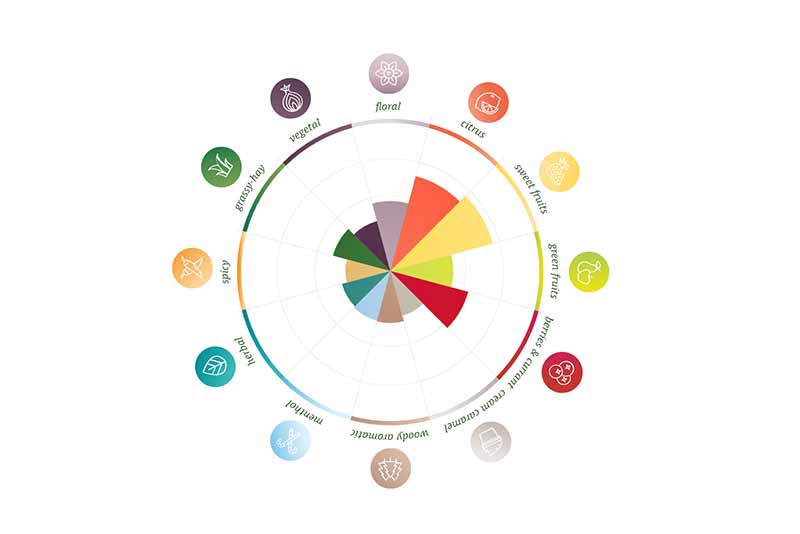
Graphic courtesy of Barthhaas
John I. Haas Brewing Solutions Specialist Alejandro Cortés González, part of the team that evaluates samples of Mosaic, says the characteristics of the hop depend on where they originate.
“The range of flavors of aroma are surprising to me,” he says. “Mosaic from Oregon goes into blueberry notes; from Washington, they have tropical fruit like guava and tangerine and herbal like cannabis and basil.”
A case study looking into Cascade and Mosaic hops in Oregon and Washington verifies what Cortés González says.
Alvarado Street Owner and Brewer J.C. Hill says he and his team go to Yakima Valley each year to hand select their Mosaic hops. Their most-produced beer, Mai Tai P.A., uses one hundred percent Mosaic.
“It’s a challenging selection process,” Hill says. “We look for predominantly fruit with a lot of complexity.”
Hill says there was an “Aha!” moment when he began studying thiols and learned that Mosaic has an abundance of free thiols.
“That’s why it’s my favorite hop,” says Hill. “It’s expressed on a fruit complexity more on tropical, ripe passion fruit, guava, mango, and a berry component we look for as well.
Hill says Mosaic is aptly named because it covers a broad spectrum of flavors.
“We look for intensity, tropical fruit complexity, blueberry, and we do a little dank as well, but not much—only to complement the fruit,” he says.
Cortés González adds that many variables, from the lot to where you use it in the brewhouse, can result in different characteristics.
“Mosaic in dry hopping, you get more of the sweet fruit—guava, mango character,” he says. “Depending on the lot, you can get herbal notes like a touch of onion or garlic.”
Cortés González adds, “It’s a hop that can stand alone but also works well to combine with other varieties and helps make the hop shine. It works best to complement and give more potency to the blend.”
Where in the Brewing Process Should You Use Mosaic Hops?
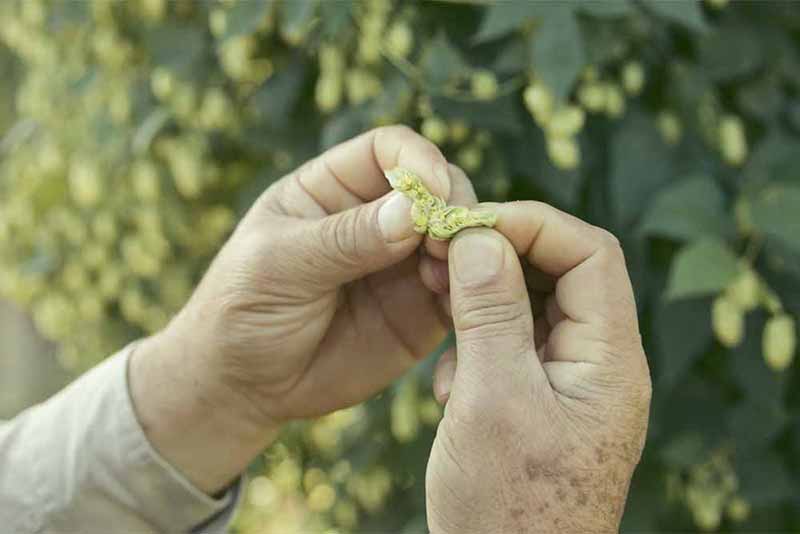
Photography courtesy of Firestone Walker Brewing Company
Hill says they are a little more tight-lipped on their hop schedule with their number-one-selling beer, saying, at this point, it’s more proprietary. He noted that they use it on the hot side and in the dry hop.
Hill adds that they use several varieties of the Mosaic, including T-90 pellets, Cryo Hops, and flowable products.
“There’s a bunch of different ways we do it,” Hill explains. “Dry hop is the most important, and using a neutral ale strain to let it highlight the hop.”
Hill adds, “If you have good Mosaic, it will show best in the dry hop. And you can get more from the hop on different hot side charges.”
Cortés González says to use it as late in the process as possible.
“I like to capture all Mosaic brings. You can use it in whirlpool, active fermentation, or dry hop,” he says. “For me, the only way you get the most out of that aroma is late in the dry hopping schedule.”
Which Style of Beer Works Best for Mosaic Hops?
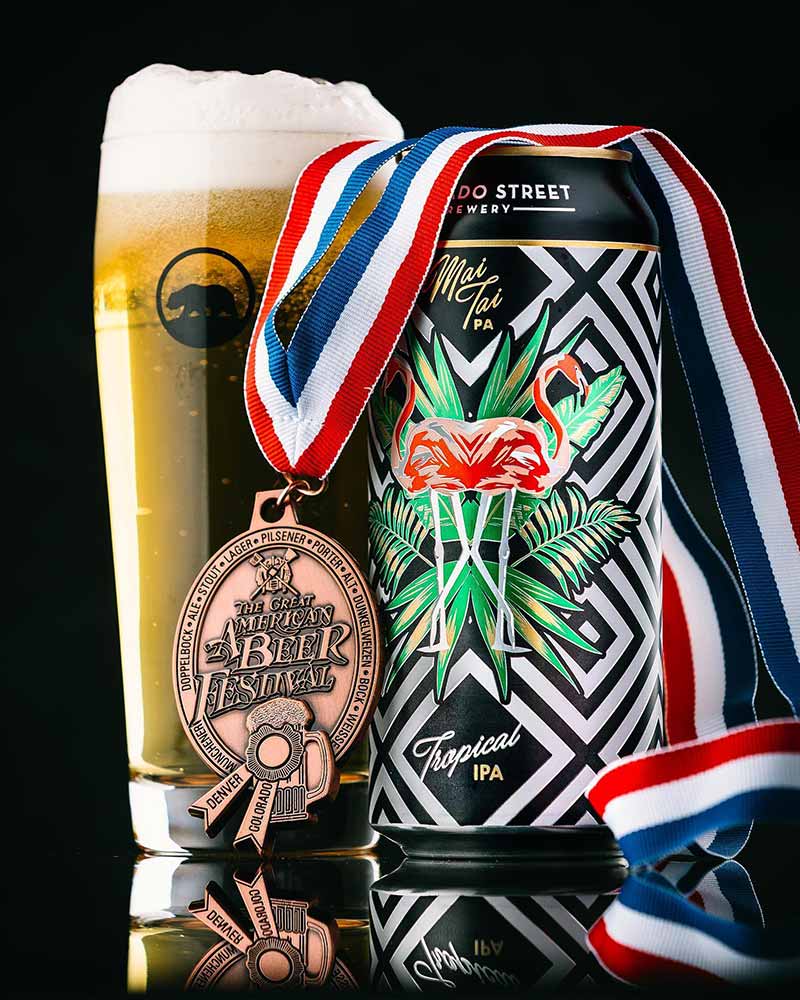
Photography courtesy of @alvaradostreetbrewery
“It’s a pretty versatile hop,” Cortés González says. “There’s a reason why it became so popular in American IPAs.”
Specifically, a more crushable style, Cortés González clarifies.
“I think it works beautifully with a session IPA or pale ale,” he says. “But you can definitely use it in the IPA beer.”
Although, Cortés González cautions not to use the hop in a lighter-style beer.
“I think it could work, but my preference would be to use it in IPA-adjacent styles,” he says.
Cortés González names Alvarado Street’s Mai Tai as a perfect example of Mosaic shining in a beer. The 6.5% ABV American IPA has 45 IBUs and is a three-time Great American Beer Festival medal winner. Alvarado Street makes the beer with one hundred percent two-row malt and one hundred percent Mosaic hops, delivering huge hop aroma and flavor but modest bitterness.
“That beer blew my mind, and I have more than a decade in the brewing industry,” Cortés González says. “It was aromatic and beautiful. It would be a benchmark for any beer.”
Hill says Mai Tai is a beer he’s extraordinarily proud of. It’s a beer he has been brewing since 2012, when Mosaic wasn’t even named yet—still operating as HBC 369.
“I smelled those hops at the Craft Brewers Conference in San Diego in 2012, and I got a box, and I was hooked,” Hill says. “I still feel that way about Mosaic today.”



